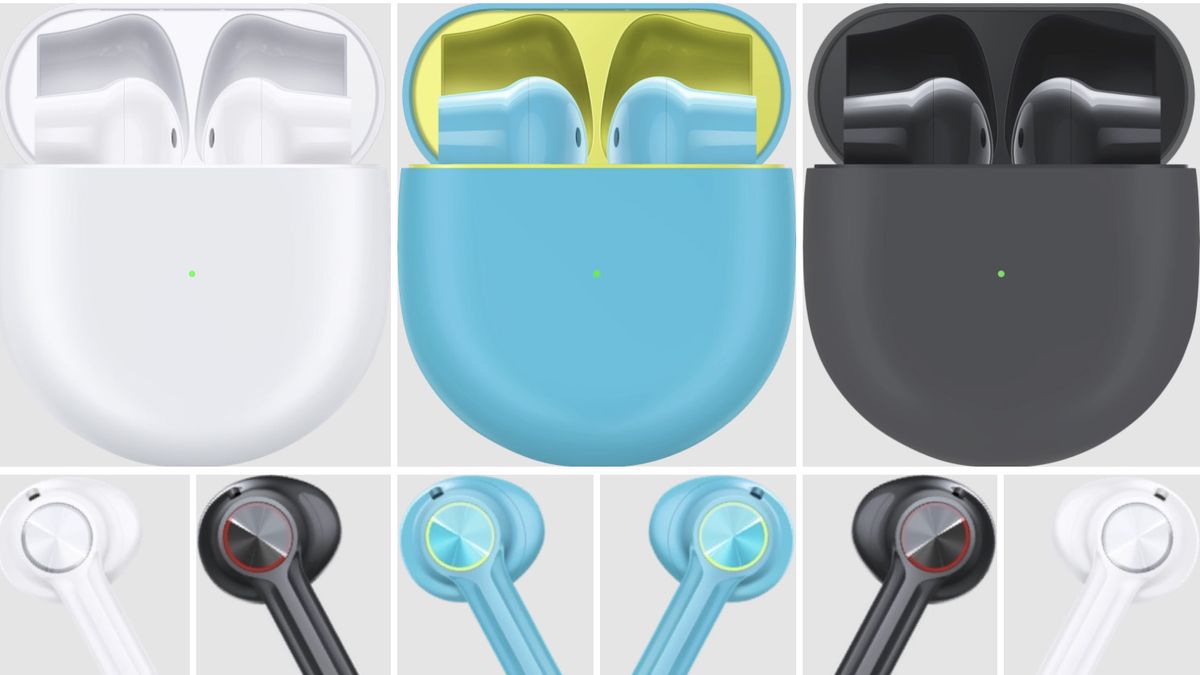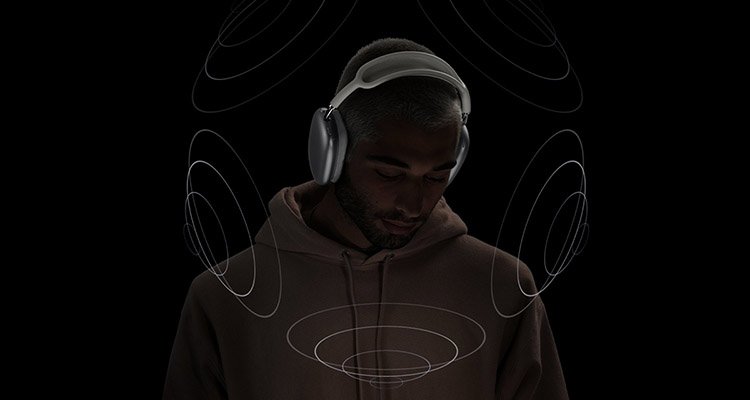

Heck, I'm one of those people lucky enough to have a dedicated 7.1.4 setup at home and I still regularly watch films using Spatial Audio via the AirPods Max, particularly late at night. Collective TV- and movie-watching will have to be accompanied by whatever speakers are in or connected to your TV, but when everyone else goes to bed you can treat yourself to a truly cinematic experience – and without any risk of awakening the sleeping non-believers.
AIRPODS PRO DOLBY ATMOS TV
If they don't, I wholeheartedly recommend buying a pair of AirPods Max headphones and an Apple TV 4K or an iPad. If they do, it should be possible to convince them that it's well worth filling your lounge with speakers. But, hand on heart, do the people you live with actually share your passion for high-quality Dolby Atmos sound? Now look, I realise that a pair of headphones is going to have limitations, most notably that only one person can listen to them at once (Apple's Share Play feature allows for two pairs of AirPods to be connected to one device, but Spatial Audio is then disabled). Spatial Audio on for Dolby Atmos and 5.1, off for stereo – that's my mantra. The stereo sound of most other apps can be given the spatial treatment, too, but these sound less authentic. These 5.1 soundtracks are still 'spatialised', though, giving you a convincing surround sound experience.

Somewhat disappointingly, the Disney+ app, which ordinarily carries lots of Dolby Atmos content, appears to only support 5.1 via AirPods. The Netflix app on iPad and Apple TV will pass Atmos to a pair of AirPods, too, as will the Amazon Prime Video app on Apple TV (but not iPad). That's where you should head if you're looking for the latest blockbuster (and also where you'll find the Dolby Atmos version of Gravity). Most Apple TV+ content has Dolby Atmos sound, of course, but so do many of the movies in Apple's iTunes/TV store. In terms of what there is to watch, you're really spoiled for choice.

That said, the in-ear design makes for a less wholly convincing and spacious delivery, and neither offers the cinematically hefty bottom end of the AirPods Max. It's also true that the AirPods 3 and AirPods Pro both support Spatial Audio, too, and both do so well. It's worth noting that the Spatial Audio delivery differs a bit between the Apple TV 4K and an iPad, and that's intentional – the iPad's smaller screen is married to a closer, more intense soundscape, while the Apple TV 4K's version is airier and more spacious.
AIRPODS PRO DOLBY ATMOS FULL
Those who'd prefer a truly personal cinema system should consider using an iPad as their source – most models from the last few years are compatible (you can see the full list here), and for picture quality they'll beat many TVs, size notwithstanding. The 2021 model costs a very reasonable £169 / $179 / AU$249, and while the AirPods Max are expensive by headphones standards, at £549 / $549 / AU$899 a pair, the combined cost of both items is still vastly lower than what you'd expect to pay for even an entry-level Atmos amp and speaker system. To go with the AirPods Max, you'll of course need a source but, assuming you've already got a TV, that need only be an Apple TV 4K.
AIRPODS PRO DOLBY ATMOS MOVIE
The Dolby Atmos-ness of the delivery is of course the most instantly impressive aspect of the AirPods Max movie sound, but it would be wasted were it not for their many other qualities, most notably their bass weight and depth, excellent dynamics and superb detail. The radio chatter is positioned just where it should be, not just in terms of direction but also distance. Whatever space you're in is replaced by a three-dimensional soundscape into which effects are placed. Effects that are placed directly in front of the listening position are a touch less focused than they are from a dedicated centre channel, but there's a spaciousness, seamlessness and precision to the delivery that's genuinely remarkable. The AirPods Max get amazingly close to rivalling a proper Dolby Atmos speaker system, though. Dolby Atmos soundbars struggle, too, as they tend to convincingly stretch into the room only part of the way and/or lack the precision of a system consisting of discrete speakers that are dotted around the listening position. It's stunningly effective, with voices coming from all round you, and it's predictably impossible for a stereo setup to recreate. The opening scene is famous in AV circles for the way it places radio chatter in precise, distinct positions in 3D space (and because the Dolby Atmos version of the soundtrack has been bizarrely omitted from most disc releases of the film). If you have the opportunity and willingness to be convinced, give Gravity a go. I've personally tested a bunch of them and, the thing is, they're not very good. Before you say it: yes, I know there have been products that deliver surround sound and/or Atmos via headphones before.


 0 kommentar(er)
0 kommentar(er)
